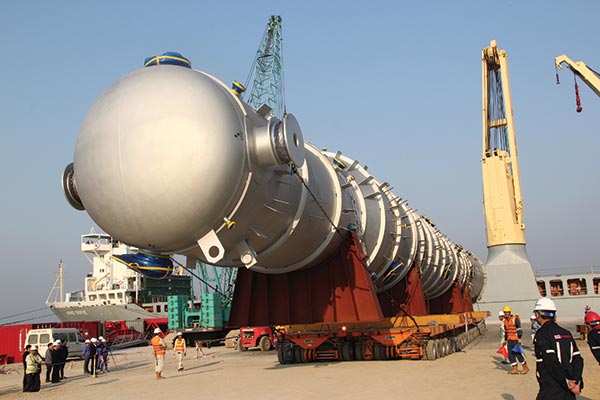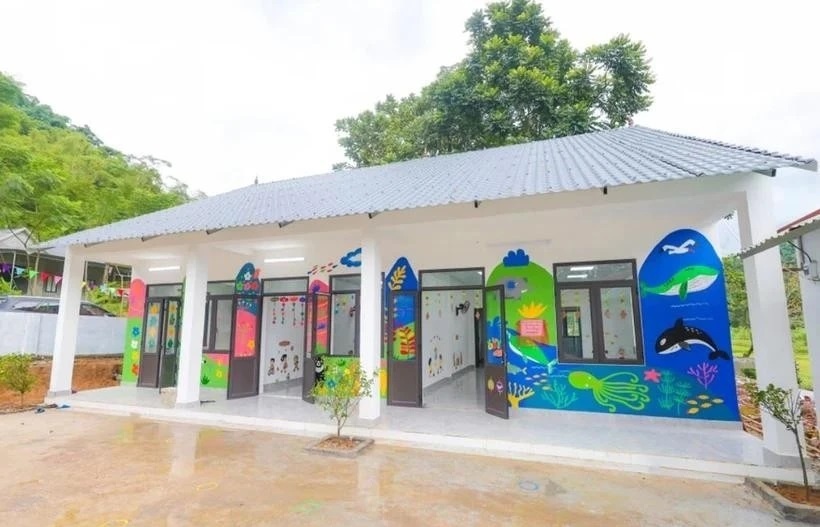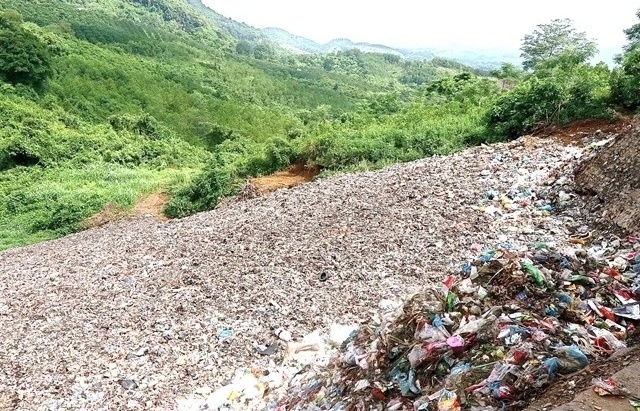Thanh Hoa offers peak incentives

In a bid to bolster the region’s development and effectively tap its strategic position in the province, the local authorities have crafted a number of incentives to increase the region’s appeal to investors.
Incentive policies on offer
In light of government Decree 108/2006/ND-CP dated September 22, 2006 detailing implementation of some clauses in the Law on Investment, most of Thanh Hoa mountainous districts have qualified as areas facing especially-difficult conditions for socio-economic development. Thanks to this catagorisation, investors and businesses wishing to set up shop in the province’s mountainous region are entitled to the highest-level investment incentives as per the current laws. These incentives cover land and water surface leasing, preferential taxes and more.
Investors can also benefit from other diverse support policies intended to promote employment and craft production. These will support the construction of markets, supermarkets and trade centres or those encouraging private investments in education, vocational training, healthcare, culture, sports and environmental protection.
In recent years the provincial mountainous region has received special support policies to help ensure social well-being. This includes the government’s Programme 135 on fast and sustainable poverty reduction for villages and hamlets in difficult conditions for development, policies targeting permanent settlement and farming of local people through completing transport infrastructure, power, irrigation and water supplies, or the government’s Programme 134 to ensure the provision of safe water.
For its part, the province has applied specific policies to achieve fast and sustainable poverty reduction. Specifically, the provincial party committee has enacted Resolution 09-NQ/TU striving to boost production and business, create more jobs, raise people’s incomes, and improve cultural facilities and training opportunities for local people.
The resolution also strives to revise and supplement policies to support poor households in the mountainous region. These policies aim to encourage more investors to pump capital into spurring the region’s development.
“We have been and are applying a variety of measures with a view to constantly bettering the investment climate as well as accelerating the pace of the administrative reform to help investors save time and cost,” said Pham Dang Quyen, Deputy Chairman of the Thanh Hoa Provincial People’s Committee. “Efforts have also geared towards establishing a simple and open legal corridor, stimulating the application of information technology progress at organisations and businesses to boost operational efficiency.”
“We are committed to providing as much support to investors as possible in the disadvantaged mountainous region under the slogan “simplicity, speediness and convenience,” Quyen said.

Thanh Hoa’s provincial authorities are committed to extending favourable investment incentives to new investors
Great potential of the mountainous region
Thanh Hoa’s mountainous region has benefited from the diversity of its highland and midland areas, including the northwest mountain range and 600-700m Truong Son mountain range.
The province’s Chu river and associated estuaries are ideal for building hydropower plants.
Thanks to fertile soil, southern low-lying mountainous and hilly areas are suitable for growing cash crops and specialty plants such as eucalyptus, wattle, cinnamon and rubber. Thanh Hoa also leads the country in growing bamboo subspecies with over 70,000 hectares in the region, ready to generate commercial value.
The region also abounds with mineral resources such as limestone with reserves of 370 million tonnes, chrome ores (21,989 million tonnes), and alluvial gold in Cam Thuy, Ba Thuoc and Thuong Xuan areas. Other valued minerals are clay, iron ores, pumice stone, facing stones and more.
This region also features a majestic karst system, creating beautiful caves and imposing natural heritage sites such as Pu Luong karst mountain in Quan Hoa and Ba Thuoc districts, Hai Van in Nhu Thanh district. Famous caves are Ngoc, Lo Cao in Nhu Thanh district and Ca Than in Cam Luong-Cam Thuy districts.
The province also boasts improved transport links. Route 15A connects the province’s northern and southern districts. Road 217 heads to Laos’ Hua Phan province while national highways 47 and 45 link the mountainous region to Thanh Hoa city and other low-lying districts.
The ‘legendary’ Ho Chi Minh Trail, running through the western part of the province is regarded as a key transport backbone, linking localities in the region as well as connecting mountainous districts to other provinces to the rest of Thanh Hoa.
Thanh Hoa consists of 11 mountainous districts covering more than 853,000ha, tantamount to 76 per cent of the provincial area and is home to over 1.08 people (32 per cent of the provincial’s total population).
Nearly 60 per cent of the mountainous region population are ethnic groups, mostly Thai, Muong, H’mong, Dao, Kho Mu and Tho ethnicities.
The province shares a 192 kilometres borderline with Laos spreading along 16 highland districts facing special difficult conditions for development in five districts of Muong Lat, Quan Son, Quan Hoa, Lang Chanh and Thuong Xuan.
What the stars mean:
★ Poor ★ ★ Promising ★★★ Good ★★★★ Very good ★★★★★ Exceptional
Latest News
More News
- Nghe An boasts workforce potential for industrial growth (December 25, 2024 | 08:30)
- Localities implement solutions for semiconductor projects (December 23, 2024 | 15:00)
- UK's Pharos Energy obtains licence extensions (December 23, 2024 | 14:41)
- Australia relationship has never been better (December 23, 2024 | 11:00)
- Tech goals require teamwork (December 23, 2024 | 10:34)
- Dong Thap pioneers ecosystem for startup businesses (December 23, 2024 | 09:35)
- Japan's Sojitz and Vinamilk put beef processing plant into operation in Vinh Phuc (December 19, 2024 | 16:20)
- Sanofi brings world’s first modular concept manufacturing facility to Singapore (December 19, 2024 | 16:17)
- Japanese take on consistent approaches (December 19, 2024 | 15:00)
- Localities leverage funding for high-tech ventures (December 19, 2024 | 11:53)















 Mobile Version
Mobile Version